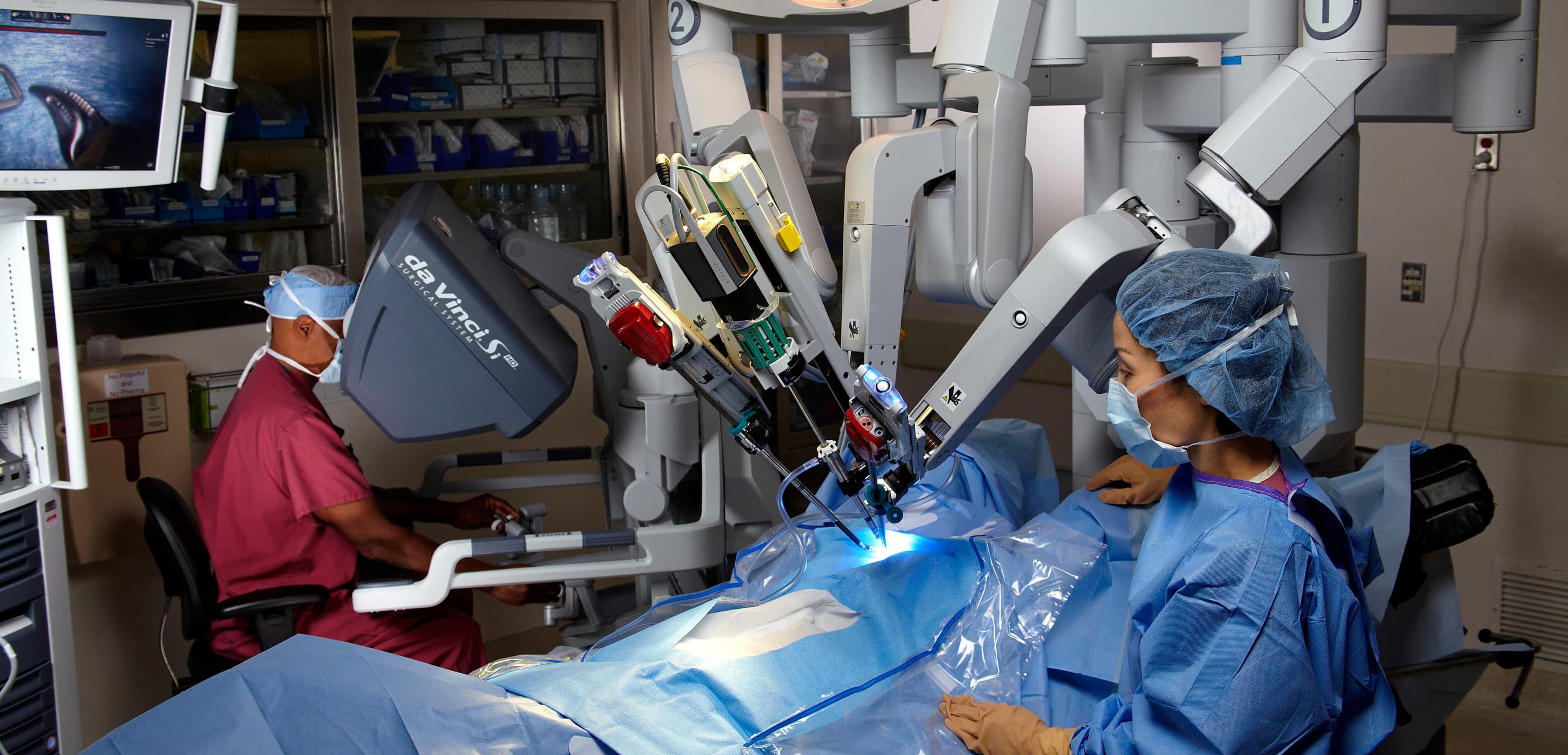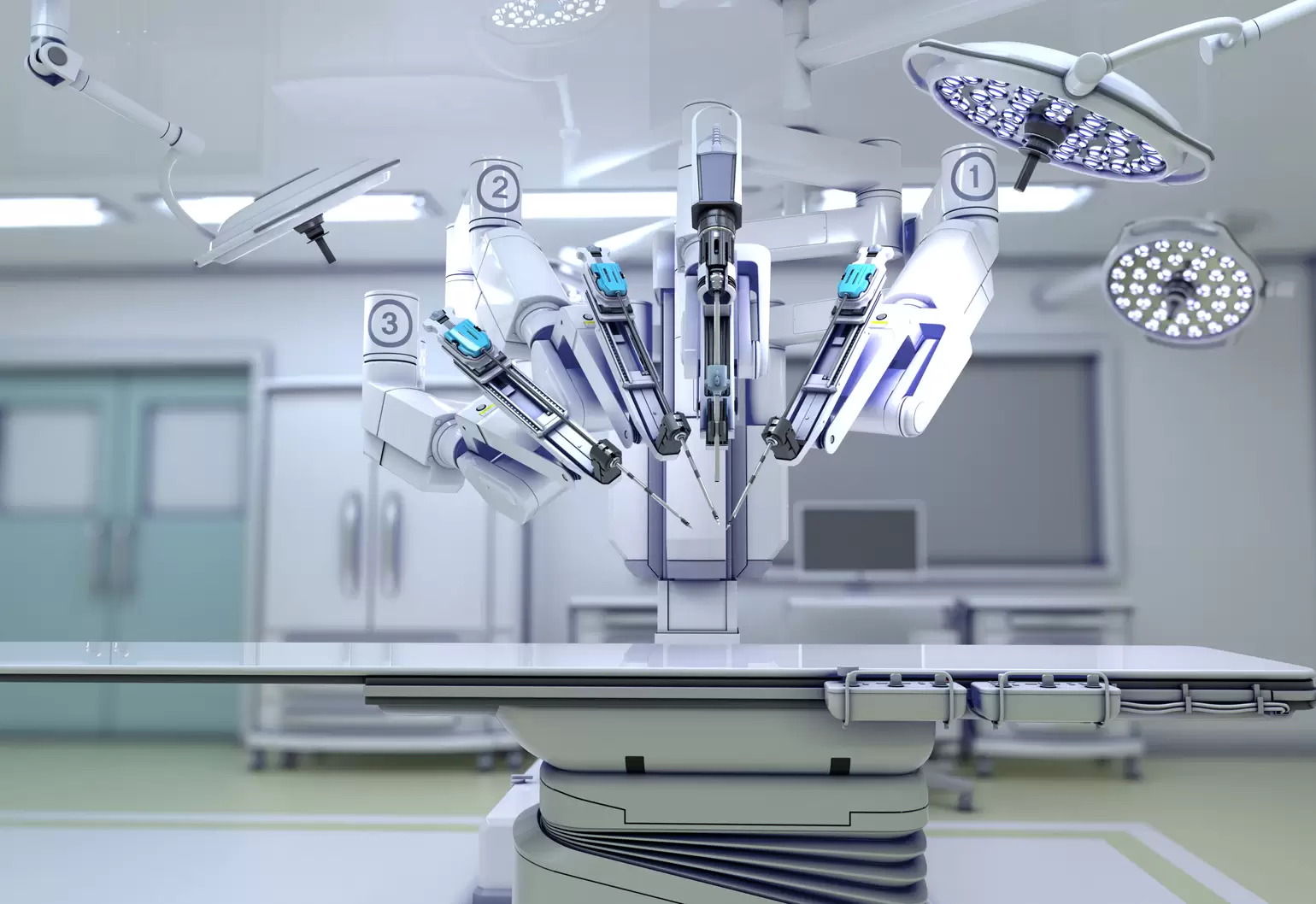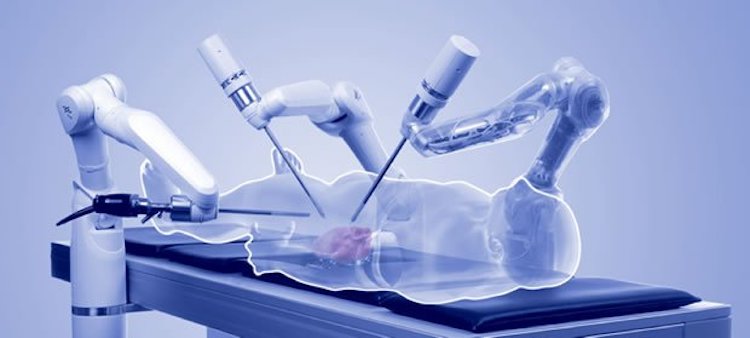Robotics in Healthcare: Enhancing Surgical Procedures and Patient Care

Surgical procedures have come a long way over the past few years, thanks to technological advancements in the healthcare industry. The use of robotics in surgery has become more prevalent and is driving the growth of the surgical robots market. As a result, more hospitals are offering robotic surgeries to their patients to improve outcomes and minimize risks associated with traditional surgeries.
Robotic Surgery at Pomona Valley Hospital Medical Center
One such hospital is Pomona Valley Hospital Medical Center, which has been using robotic surgery since 2006. This advanced technology allows surgeons to operate with greater precision and control, minimizing the damage to surrounding tissues and organs. This results in shorter recovery times, less pain, and fewer complications for patients.

Revolutionary Surgical Robotic System
Another exciting development in the field of surgical robotics is the launch of a training program for a revolutionary surgical robotic system. This system is expected to change the way surgeries are performed by enabling surgeons to operate with greater precision and accuracy than ever before. It is also expected to reduce the time and cost associated with surgeries, making them more affordable for patients.

Redefining Healthcare with Robotics
It is fascinating to see how robotics is redefining healthcare in ways we could never have imagined. With the development of new algorithms and cutting-edge technologies, medical robots are becoming smarter, safer, and more capable. This is good news for both patients and healthcare providers, as it means we can expect better outcomes and improved quality of life for all.

Future of Healthcare?
The use of robotics in healthcare is not without its challenges, however. There are concerns about cost, safety, and the potential for job loss in some areas of healthcare. Nevertheless, it is hard to ignore the many benefits that robotic technology has to offer, and it seems likely that we will continue to see more and more robots in healthcare in the coming years.

Abstract
The surgical robotics market is growing rapidly thanks to the many technological advancements in the healthcare industry. More hospitals are offering robotic surgeries to their patients to improve outcomes and minimize risks associated with traditional surgeries. At the same time, the healthcare industry is exploring new ways to use robots to improve patient care and reduce costs
Introduction
Robotics technology has revolutionized many industries including healthcare. The introduction of robotic surgical systems has transformed the way surgeries are performed. The use of robots in surgery has been shown to be effective in minimizing risks associated with traditional surgeries. The ability to operate with greater precision has also led to better outcomes and less pain for patients. This article explores the growing trend of robotics in healthcare and how it is redefining patient care.
Content
The use of robotics in healthcare is not limited to surgical procedures. Medical robots are also being deployed to carry out various functions like monitoring vital signs and medication delivery. These robots are changing the way patient care is administered by reducing labor costs and increasing the efficiency of medical staff.
Robotics technology has been used in rehabilitation as well, with the development of robotic exoskeletons for patients with mobility challenges. These exoskeletons allow patients to stand up and walk again, restoring their mobility and independence.
The development of new algorithms and cutting-edge technologies has also led to the creation of smarter, safer, and more capable robots. Robots with artificial intelligence are being developed to diagnose patients and even perform surgeries autonomously. These technologies have the potential to revolutionize the healthcare industry by reducing diagnosis time and minimizing the risk of human error during surgeries.
The use of robotics in healthcare has also led to the development of telemedicine and telerobotic systems. These systems allow healthcare providers to remotely diagnose and treat patients using robots. The use of telemedicine has been especially useful during the COVID-19 pandemic, allowing healthcare providers to diagnose and treat patients remotely, minimizing the risk of viral spread.
Conclusion
The use of robotics technology in healthcare is growing rapidly and shows no signs of slowing down. Robotic technologies like surgical robotic systems, medical robots, and telemedicine are providing better outcomes for patients and reducing costs. Healthcare providers are expected to continue exploring new ways of using robots to provide better patient care and reduce costs. The future of healthcare looks brighter thanks to advances in robotics technology.

Source image : www.medicaldesignbriefs.com

Source image : roboticsandautomationnews.com

Source image : www.pvhmc.org

Source image : apacentrepreneur.com

Source image : createdigital.org.au




